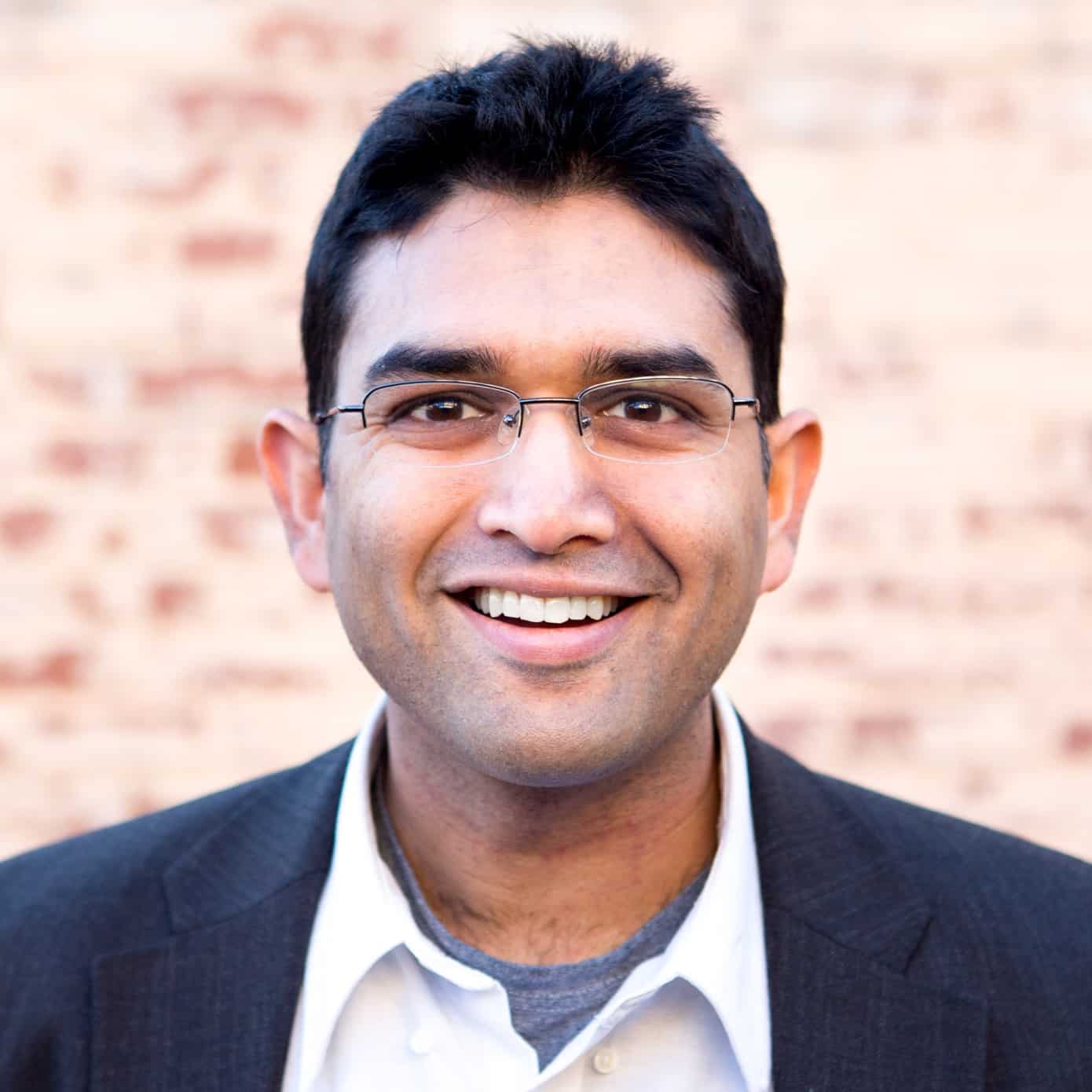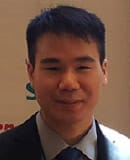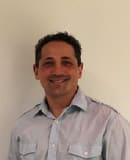Grant Recipient Impact Statement

Women in Neuroradiology Leadership Award – Amy L. Kotsenas, MD
Grant Recipient Year: 2016
Receiving this award has been tremendously beneficial in advancing my career as a neuroradiologist and as a leader in healthcare. I am extremely grateful to The Foundation of the ASNR, ACR and AAWR for this honor and for the exciting opportunity to enhance critical leadership skills. Furthermore, I am truly thankful these organizations are committed to developing the next generation of female leaders in radiology. I am confident the skills I learned at the 2016 RLI Summit will allow me to ensure our specialty remains vibrant and that the needs of our patients remain at the center of all that we do.
Amy L. Kotsenas, MD
Mayo Clinic

Foundation of the ASNR Grant Program – Raag D. Airan
This award has provided a launch pad for my career. It has given me start-up funds that I have used to generate preliminary data that will soon result in a publication in Nano Letters, and that I have used for several grant applications for more sustained funding from federal sources. Additionally, that preliminary data has formed the focus of my new lab, and has allowed me to make bridges with both the basic science community and with my clinical colleagues in other disciplines. Receiving a Foundation award, especially after just finishing fellowship was truly critical. There aren’t too many funding sources that are available to clinical trainees as we transition to a faculty appointment. These funds from the Foundation are among the only mechanisms out there that I could have availed myself of and have now put me on a path to success. Thank you FASNR!
Raag D. Airan, MD, PhD
Johns Hopkins Medical Institution

The CER Award – Falgun H. Chokshi
A major focus of my research is using data science methods (e.g. machine learning) to extract meaningful information from radiological images, radiology reports, and electronic health records to investigate the impact of imaging on patient outcomes and costs. The CER Award has allowed me to pursue this work further and the results from this project will be used in a forthcoming NIH R21 grant proposal being submitted summer 2017. The vision and generosity of the FASNR are amazing. With increasing scrutiny on the value of imaging, concerns about costs, and the surge in data science techniques, the FASNR has shown strong leadership and forward thinking by investing in investigator-initiated projects such as ours. Donors should continue their support of the FASNR because their contributions are helping to shape the present and future of our field in ways that will positively affect many ASNR members.
Falgun H. Chokshi, MD, MS
Emory University School of Medicine

Foundation of the ASNR Grant Program – Joseph Young
The Foundation grant program is extremely valuable, particularly for a junior investigator, by providing the resources to have dedicated research time under the mentorship of a senior advisor… The Foundation has had a significant impact in my growth as a junior investigator. During the grant period, I have strengthened my grant writing abilities and research methodology, which will be invaluable in any future research endeavors that I undertake. Under the guidance of my mentor, I have also learned how to accomplish aims more efficiently and write scientific articles more effectively. In addition, I have also learned how to assume more of a leadership role in research projects. All of these skills will serve me well in future and was only made possible by the generosity of the Foundation of the ASNR. And for that, I am extremely grateful.
Joseph Young, MD
Massachusetts General Hospital and Harvard University

ASNR Research Scientist Award – Jack Grinband
Detecting Non-enhancing Glioblastoma Using Resting-State fMRI
The ASNR Research Scientist Award has allowed me to collect data that was used to apply for, and win, the 2016 Irving Institute Imaging Pilot Award. This award will be used to test whether the signal to noise of the BOLD biomarker can be further improved by using hypercapnia. Finally, I am currently writing an R01 proposal for submission for the Feb 5th deadline. The aims of the proposal are to collect localized biopsies in glioblastoma and low grade glioma and determine whether regions that are high BOLD/low FLAIR and high FLAIR/low BOLD are histological different and identify different mechanisms of tumor infiltration. Neither the Irving Institute Imaging Award or the R01 proposal would have been possible without the ASNR Research Scientist Award. I am deeply grateful for the opportunity that ASNR gave me.
Jack Grinband, PhD
Columbia University

ASNR-CE Award – Kristen W. Yeom
We believe we have made significant strides in our investigation with the help of the ASNR-CE Award…Our preliminary work stemming from this ASNR-CE Award also was key to us obtaining the R21 NIH grant (awarded April 2016).. One of my research focuses has been to optimize pediatric neuroimaging in the most effective and child-friendly means possible. Receiving this award has supported my academic career and allowed me to further pursue this goal.. Which, I believe, help our team continue to build and improve our work on fast MRI tailored to pediatric brain. Through the generosity and support of the ASNR Foundation, I was better able to dedicate my time and resources to achieving one of my important research goals as a pediatric neuroradiologist. The award also helped provide funds needed to help our research scientists achieve their technical goals. Our team will always be grateful to the ASNR Foundation for this extraordinary opportunity to contribute to the field of neuroradiology and pediatric neuroimaging.
Kristen W. Yeom, MD
Lucile Packard Children’s Hospital | Stanford University